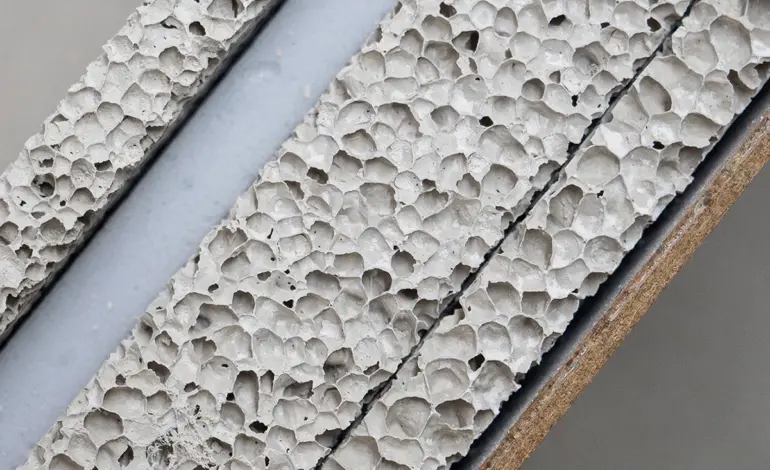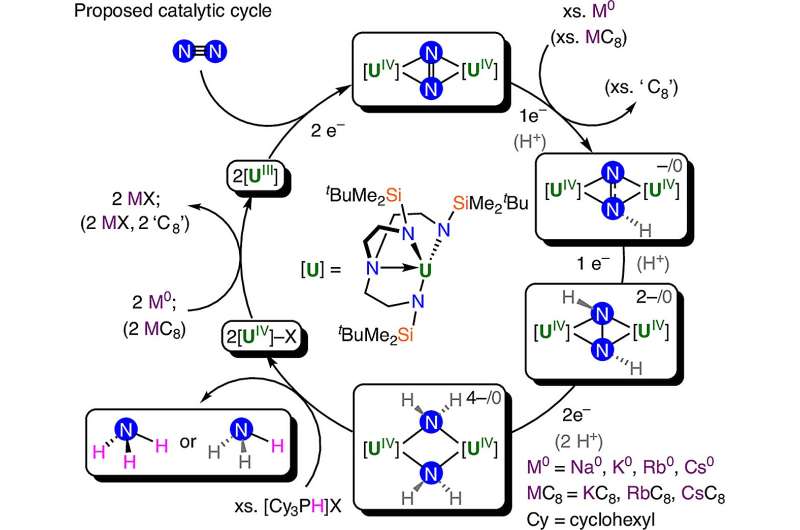Researchers Unveil Ultra-Thin Material to Dampen Urban Noise

Researchers at the Swiss Federal Laboratories for Materials Science and Technology (EMPA) have developed a groundbreaking ultra-thin material designed to significantly reduce urban noise. This innovative substance is capable of dampening traffic sounds while being approximately four times thinner than traditional sound absorbers typically used in construction.
The material, still unnamed, is produced at EMPA’s Acoustics/Noise Reduction lab in Dübendorf. One of its most impressive features is its ability to be tuned to specific frequency ranges, allowing it to effectively address various noise sources based on the space it occupies. Made from a special formulation of mineral gypsum or cement foam, the material incorporates pores of differing sizes, layered in a way that enhances its sound-absorbing capacity.
EMPA researcher Bart Van Damme explained how the varying pore structure creates a longer pathway for air particles, resulting in an impression of a much thicker sound absorber despite its low profile. The team utilized a numerical model to simulate and influence the material’s acoustic behavior by adjusting its pore size, perforation, and layer structure.
Successful Testing in Zurich
In practical applications, the researchers tested the material by installing 2.1-inch (5.5 cm) thick panels over approximately 130 sq ft (12 sq m) of a driveway in Zurich. The driveway leads to a public street on one end and a courtyard on the other. The results were promising, with the panels successfully reducing traffic noise by 4 decibels, particularly effective in diminishing the sounds of vehicles approaching or departing the area.
The introduction of such a thin sound absorption material presents significant advantages for builders and architects. It allows for greater flexibility in design, as it requires less space than conventional insulation methods. Additionally, the material’s acoustic properties can be customized for various environments, including stairwells, offices, large halls, and classrooms.
Durable and Versatile with Room for Improvement
Beyond its sound-dampening capabilities, this new material is also weatherproof, fireproof, and recyclable, making it a versatile option for both indoor and outdoor applications. Despite these advantages, it does have limitations in its current form. The material is less effective in reducing high-frequency sounds compared to traditional options like rock wool. Furthermore, the process used to create the perforations is currently manual and labor-intensive.
To enhance production efficiency, the EMPA team plans to focus on streamlining mass production methods. Collaborating with De Cavis, a Swiss material manufacturer, the researchers aim to refine the production process, ultimately leading to broader availability of the material. With continued development, this innovative sound-blocking technology could help mitigate urban noise pollution and contribute to quieter living environments in the future.






